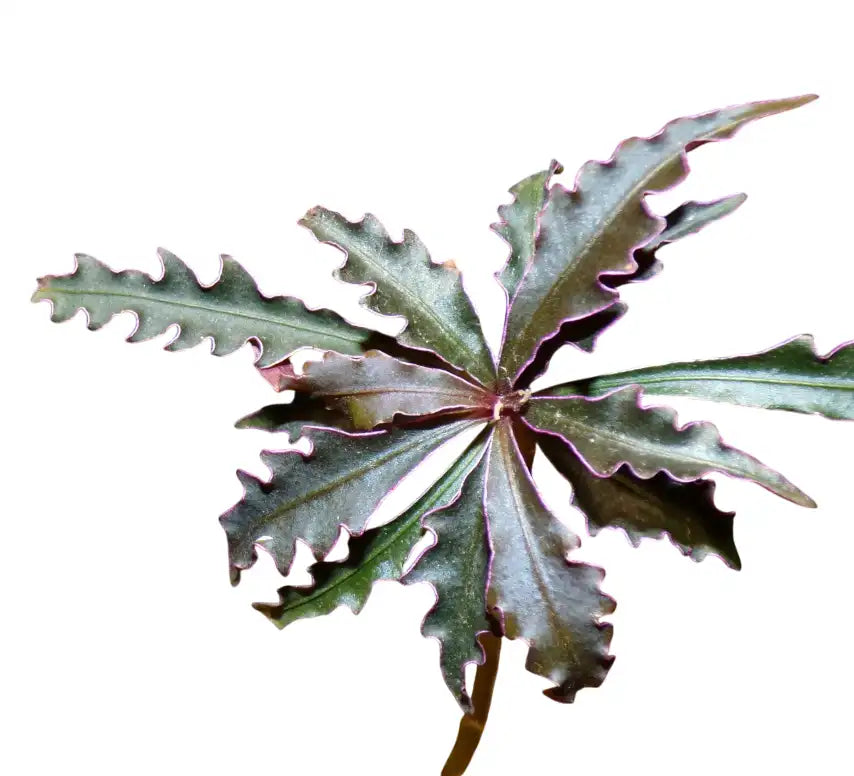
Labisia Fenny
Selling Size : Single Plant | Pot Included | Secure Packing | Free Shipping
It appears "Labisia Fenny" is not a common or widely recognized cultivar name for a Labisia plant. It's possible it's a specific, localized name, a misspelling, or a personal name attached to a plant. However, based on the general care for the Labisia genus, particularly for popular varieties like Labisia pumila and Labisia Turtle Back.Labisia plants are known for their stunning, often highly-veined and colorful foliage. They are a great choice for terrariums and vivariums due to their love for high humidity.
Here's a comprehensive care guide for a Labisia Fenny :
Light
Moderate, indirect light is ideal. Labisia plants are understory plants in their native Southeast Asian rainforests, meaning they are accustomed to dappled, filtered sunlight.
Avoid bright, direct sun, which can easily scorch their delicate leaves and cause the vibrant colors to fade.
If the light is too low, the plant may become leggy and lose its rich coloration.
Watering
Labisia plants prefer soil that is consistently moist but not soggy.
Water when the top inch of soil feels dry to the touch. Do not let the plant dry out completely between waterings, as this can cause the leaves to curl and brown.
On the other hand, overwatering is a common issue that can lead to root rot. Yellowing leaves are often a sign of too much water.
Use a pot with good drainage to ensure excess water can escape.
Humidity and Temperature
High humidity is crucial for Labisia plants to thrive. A minimum of 60% humidity is recommended, and they will do even better in a terrarium or vivarium where humidity is 70% or higher.
Signs of low humidity include browning or crispy leaf edges.
To increase humidity outside of a terrarium, use a humidifier, a pebble tray with water, or place the plant in a naturally humid room like a bathroom.
Maintain a warm, stable temperature between 65-80°F (18-27°C). They are very sensitive to cold and should be protected from drafts.
Soil and Fertilizer
Use a rich, well-draining, and airy potting mix. A mix with components like peat moss, perlite, coco coir, or orchid bark will provide the right balance of moisture retention and aeration for the roots.
During the growing season (spring and summer), fertilize monthly with a half-strength, balanced liquid houseplant fertilizer.
Do not fertilize in the fall and winter when the plant's growth slows down.
Other Tips
Propagation: Labisia plants can be propagated by dividing the rhizomes or, in some cases, by stem cuttings.
Pruning: Prune away any dead or yellowing leaves to keep the plant healthy and tidy.
Cleaning: The leaves can be gently wiped with a damp cloth once a month to remove dust and help the plant photosynthesize effectively.
Terrarium/Vivarium: Due to their specific humidity needs, many people find it easiest to grow Labisia plants in a controlled environment like a terrarium. This helps to maintain the high humidity they require to thrive.

